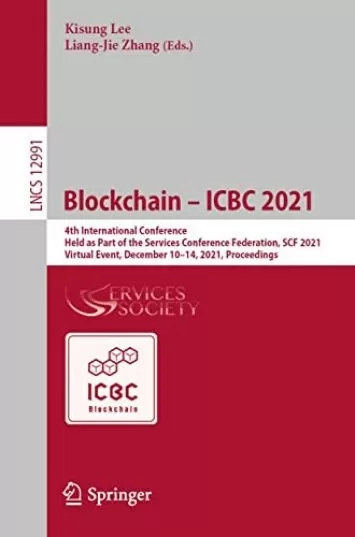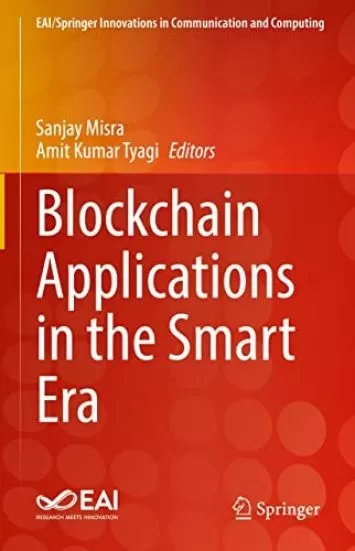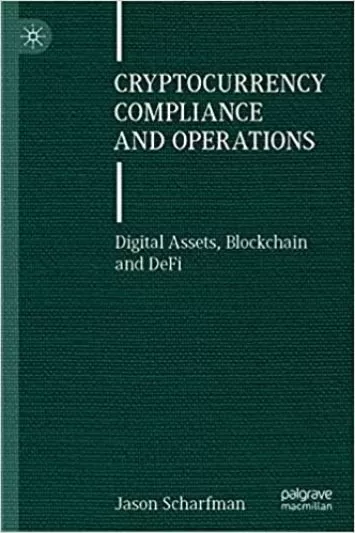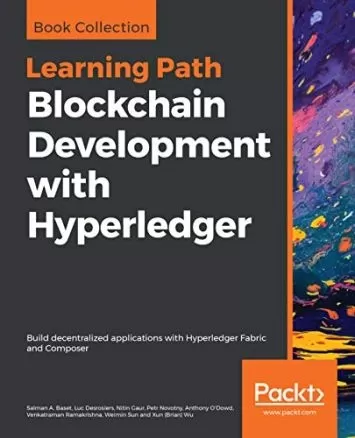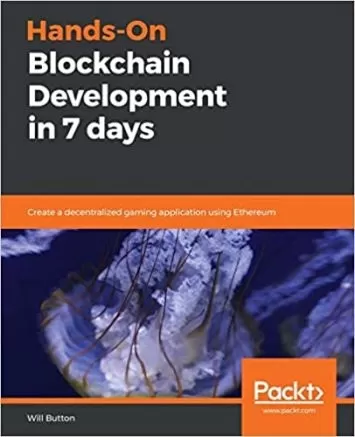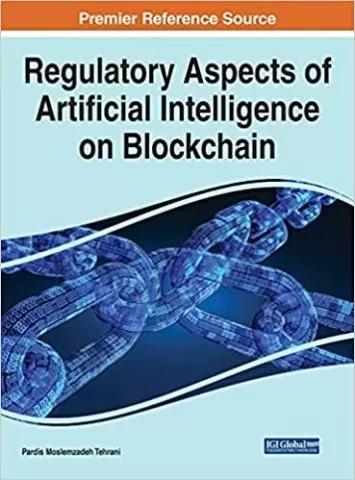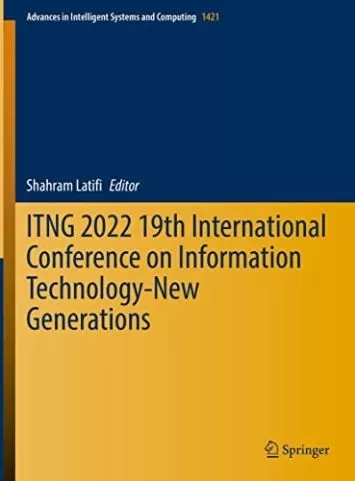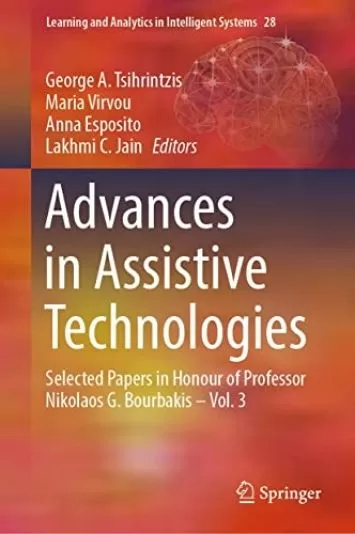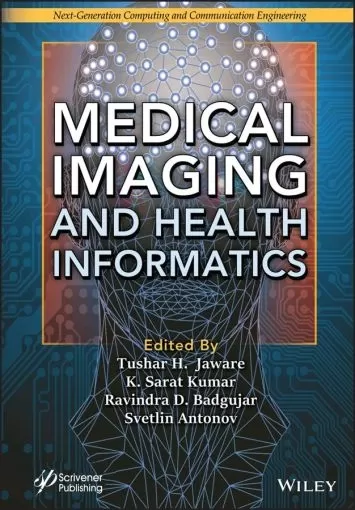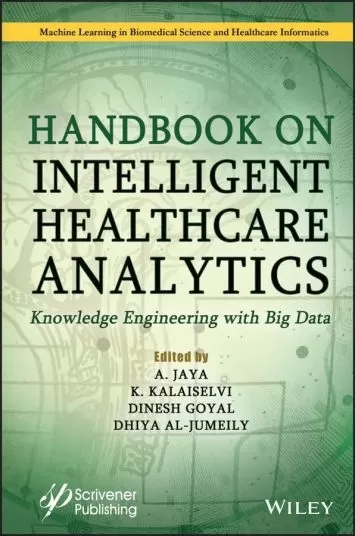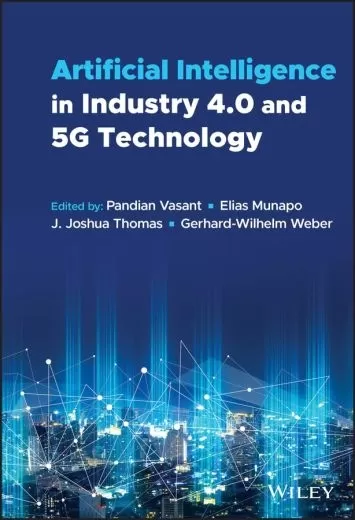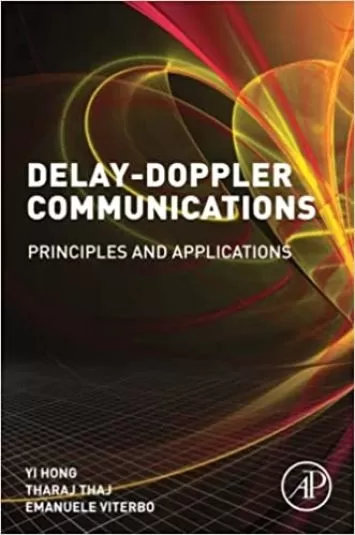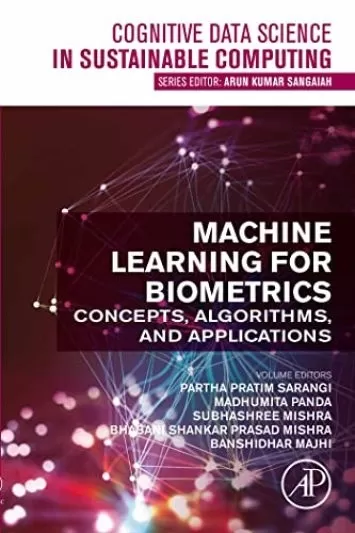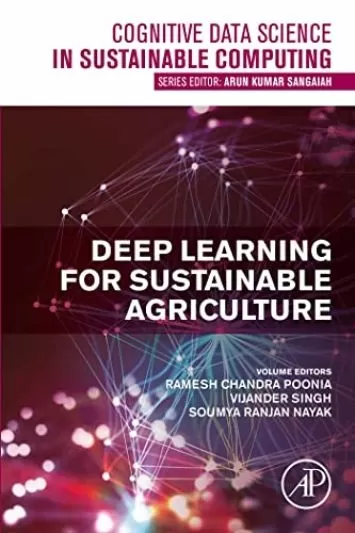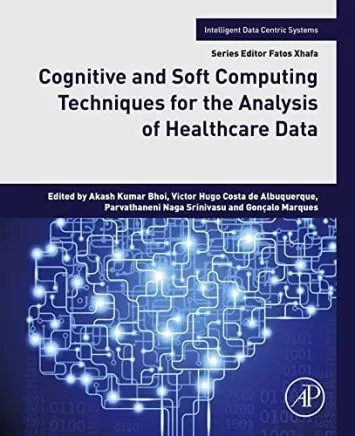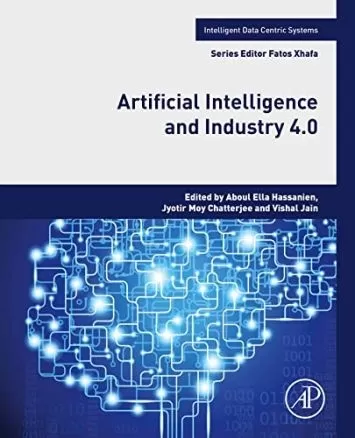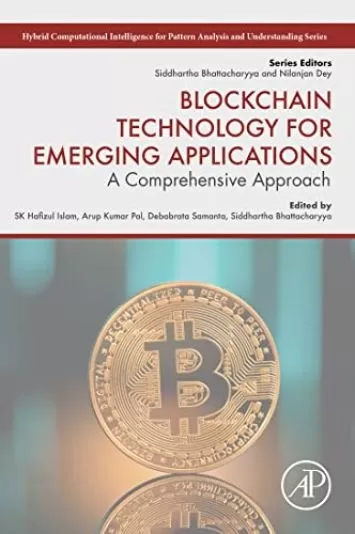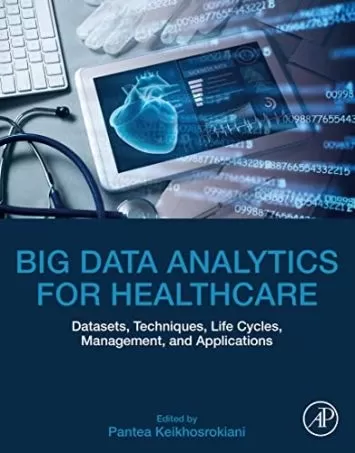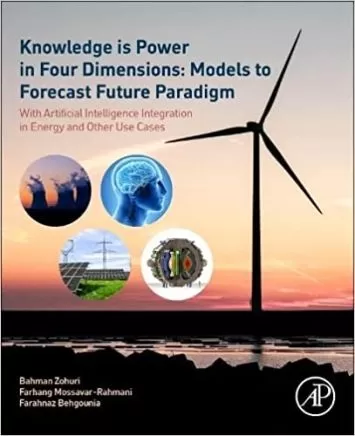The use of Fifth Generation (5G) cellular networks in the healthcare sector has grown at an exponential rate over the past few years. Today, the majority of 5G healthcare systems are built using centralized client-servers, cloud servers, strong databases, and the Internet. Large numbers of applications are therefore using 5G healthcare solutions for better service, including large image file transfers, virtual visits with doctors, AR for staff education and training, claims and billing management, reliable and real-time remote monitoring, securing medical research data, securing patient data, ensuring the drug supply chain, facilitating medical data acquisition, and allowing doctors to prescribe earlier interventions and improve patient outcomes. To secure these 5G healthcare networks, many new blockchain solutions are available, including decentralized systems and applications.
Blockchain Applications for Healthcare Informatics: Beyond 5G offers a comprehensive survey of 5G-enabled technology which serves as the backbone for blockchain-based healthcare applications. This book investigates the latest research in blockchain technologies and seeks to answer some of the practical and methodological questions in the journey to maintain privacy and security in the healthcare sector: How can reliable and real-time remote monitoring be achieved? How can hospitals and healthcare systems optimize their infrastructures and workflows to make the most of 5G use cases? Chapters explore the most promising aspects of 5G for healthcare industries, as well as how 5G technology can help hospitals and healthcare systems do better. Chapters investigate the detailed framework needed to maintain security and privacy in 5G healthcare services using blockchain technologies, as well as comparative case studies looking at the various performance evaluation metrics, such as privacy preservation, scalability, and healthcare legislation.
--This text refers to the paperback
edition. About the Author
Sudeep Tanwar (Senior Member, IEEE) is working as a full professor at the Nirma University, India. He is also a Visiting Professor with Jan Wyzykowski University, Poland, and the University of Pitesti, Romania. He received B. Tech in 2002 from Kurukshetra University, India, M.Tech (Honor’s) in 2009 from Guru Gobind Singh Indraprastha University, Delhi, India, and Ph.D. in 2016 with specialization in Wireless Sensor Network. He has authored 04 books and edited 20 books, and more than 270 technical articles, including top-cited journals and conferences, such as IEEE TNSE, IEEE TVT, IEEE TII, IEEE TGCN, IEEE TCSC, IEEE IoTJ, IEEE NETWORKS, ICC, IWCMC, GLOBECOM, CITS, and INFOCOM. He initiated the research field of blockchain technology adoption in various verticals, in 2017. His H-index is 51. His research interests include blockchain technology, wireless sensor networks, fog computing, smart grid, and the IoT. He is a member of the Technical Committee on Tactile Internet of the IEEE Communication Society. He has been awarded the Best Research Paper Awards from IEEE IWCMC-2021, IEEE ICCCA-2021, IEEE GLOBECOM 2018, IEEE ICC 2019, and Springer ICRIC-2019. He has won Dr. KW Wong's Annual Best Paper Prize for 2021 sponsored by Elsevier (publishers of JISA). He has served at many international conferences as a member of the Organizing Committee, such as the Publication Chair for FTNCT-2020, ICCIC 2020, and WiMob2019, and a General Chair for IC4S 2019, 2020, ICCSDF 2020, FTNCT 2021. He is also serving on the editorial boards of COMCOM-Elsevier, IJCS-Wiley, Cyber Security and Applications- Elsevier, Frontiers of blockchain, and SPY, Wiley. He is also leading the ST Research Laboratory, where group members are working on the latest cutting-edge technologies. --This text refers to the paperback edition.









